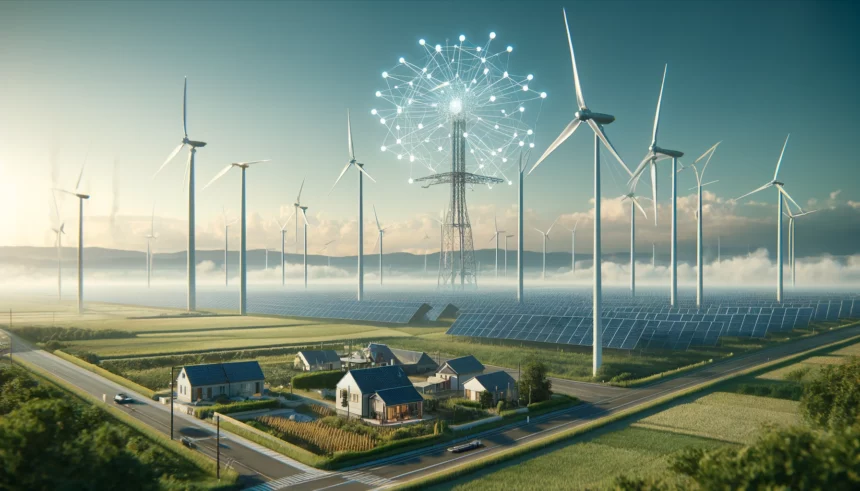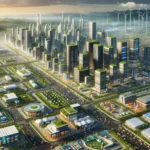Overview: A Cleaner Future Begins Now
Businesses are actively playing a role in moving towards greener, more resilient energy setups, bringing benefits to our communities today and securing a sustainable tomorrow. As we delve deeper into the realm of renewable energy, it’s clear that we’re on a transformative journey. Thanks to advances in technology, strong policy backing, and shifting market dynamics, the way we harness, and use energy is changing for the better.
Renewable Energy at a Glance
Renewable energy sources are stepping up as crucial players in our quest for a cleaner planet. The shift away from fossil fuels is essential, given the urgent need to combat climate change and reduce greenhouse emissions. Here’s a look at how various renewable energy forms is evolving:
Solar Power: Leading the Charge
Solar energy remains at the forefront of the renewable revolution. The latest developments are not only enhancing efficiency but also making solar power more affordable. Newer, high-efficiency technologies are reducing costs, and innovations like solar tracking systems and building-integrated photovoltaics (BIPV) are broadening solar energy’s reach from homes to businesses and factories.
Wind Energy: Catching the Breeze
Wind energy has seen rapid growth, thanks to better technology and reduced costs. Today’s wind turbines are larger and more efficient, capable of working in less windy conditions. Moreover, artificial intelligence (AI) and predictive analytics are making wind farms smarter and more productive. Exciting developments like floating offshore wind farms are unlocking the power of the ocean’s breezes.
Energy Storage: The Key to Consistency
Reliable energy storage is vital for maximizing the benefits of renewables. While lithium-ion batteries currently dominate, research is pushing the boundaries of their performance. Alternatives such as flow batteries, hydrogen storage, and thermal energy storage are proving to be scalable and effective for long-term needs.
Electrifying Transportation: A Road to Lower Emissions
The push towards electric vehicles (EVs) is gaining momentum. With improvements in battery life and charging systems, as well as the integration of vehicles into the grid, EVs are becoming a practical option. This shift is crucial for reducing carbon emissions and making our travel more sustainable.
Smarter Grids: Powering Up Responsibly
Incorporating renewables into the energy grid requires smart technology. Advanced grid management tools like smart meters and IoT devices are crucial for balancing supply and demand efficiently. Technologies such as blockchain are emerging to support decentralized energy systems, enabling consumers to trade energy and manage their consumption more actively.
Hybrid Systems: Combining Strengths
Hybrid renewable energy systems integrate multiple energy sources to overcome the limitations of individual technologies. For example, hybrid microgrids are providing energy independence to remote areas, reducing reliance on fossil fuels and enhancing energy security.
Community Power: Energizing from the Ground Up
The trend towards decentralized energy production is empowering communities to produce their own energy. Projects like community solar and peer-to-peer platforms are making renewable energy accessible to more people, fostering energy independence and resilience.
In Conclusion The landscape of renewable energy is vibrant and full of potential. As we continue to innovate and adapt, the promise of a sustainable, efficient, and inclusive energy future becomes increasingly tangible. Let’s keep pushing the boundaries and exploring new possibilities in green energy. Together, we can make a significant impact on our world and pave the way for future generations.
















